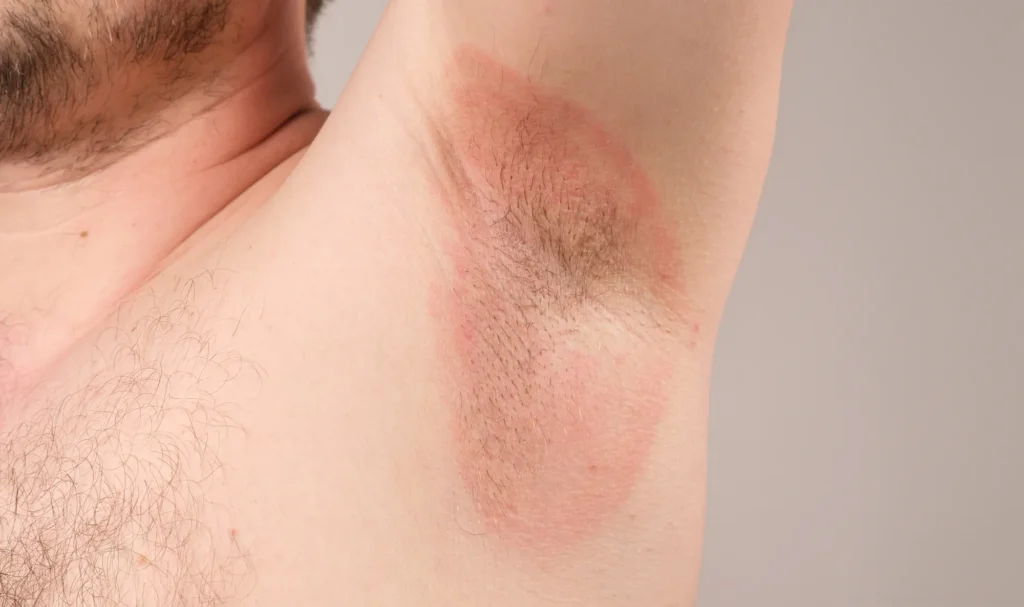Chafing is a common yet preventable condition that affects people of all ages and activity levels. By understanding its causes, symptoms, and treatments, we can minimize discomfort and maintain healthy skin. This guide provides actionable insights and expert advice to keep chafing at bay.

What is Chafing?
Its refers to skin irritation caused by repetitive friction, often combined with moisture and heat. This condition can result in redness, stinging, and, in severe cases, painful sores or blisters.
Common Areas Affected by Chafing
- Inner thighs: Frequent among runners and walkers.
- Underarms: Affected by repetitive arm movement.
- Groin area: Caused by tight clothing or exercise.
- Nipples: Often seen in runners due to shirt friction.
Causes of Chafing
Understanding the underlying factors can help in preventing this uncomfortable condition:
- Friction: Prolonged rubbing of skin against skin or fabric.
- Moisture: Sweat or wet clothing increases susceptibility.
- Improper Clothing: Ill-fitting, coarse, or non-breathable fabrics.
- Excessive Movement: Vigorous physical activities such as running or cycling.
Symptoms of Chafing
- Redness and inflammation
- Stinging or burning sensation
- Dry, cracked skin or blisters
- Bleeding in severe cases
Prevention Strategies
Proactive measures can significantly reduce the risk of chafing. Follow these tips to keep your skin irritation-free:
1. Wear Appropriate Clothing
- Opt for moisture-wicking fabrics to keep skin dry.
- Choose seamless or flat-seamed garments to minimize friction.
- Ensure proper fit—neither too tight nor too loose.
2. Use Anti-Chafing Products
- Apply lubricants like petroleum jelly or specialized anti-chafing balms.
- Use powders to reduce moisture and friction.
3. Stay Dry
- Keep skin dry by frequently changing wet clothes.
- Use absorbent pads or moisture-wicking undergarments.
4. Maintain Proper Hygiene
- Shower after activities to remove sweat and bacteria.
- Exfoliate gently to avoid buildup of dead skin cells.
Effective Treatments for Chafing
If its occurs, swift action can promote healing and prevent complications:
- Clean the Area: Wash with mild soap and lukewarm water.
- Apply a Healing Ointment: Use aloe vera gel, zinc oxide cream, or petroleum jelly.
- Keep the Area Dry: Avoid further irritation by wearing loose clothing.
- Take a Break: Reduce activity levels to allow healing.
When to Seek Medical Attention
Seek professional care if you experience severe pain, swelling, or signs of infection such as pus or fever.
Special Considerations for Athletes
Athletes are particularly prone to chafing due to their active lifestyles. Here are some tailored tips:
- Use compression gear to reduce skin-to-skin friction.
- Reapply lubricants during prolonged activities like marathons.
- Stay hydrated to reduce salt concentration in sweat.
Top Anti-Chafing Products
- Body Glide Original Anti-Chafe Balm: Long-lasting and sweat-resistant.
- Gold Bond Friction Defense: Provides immediate relief and protection.
- Vaseline Petroleum Jelly: A budget-friendly and versatile option.
- Monkey Butt Anti-Friction Powder: Ideal for moisture control.